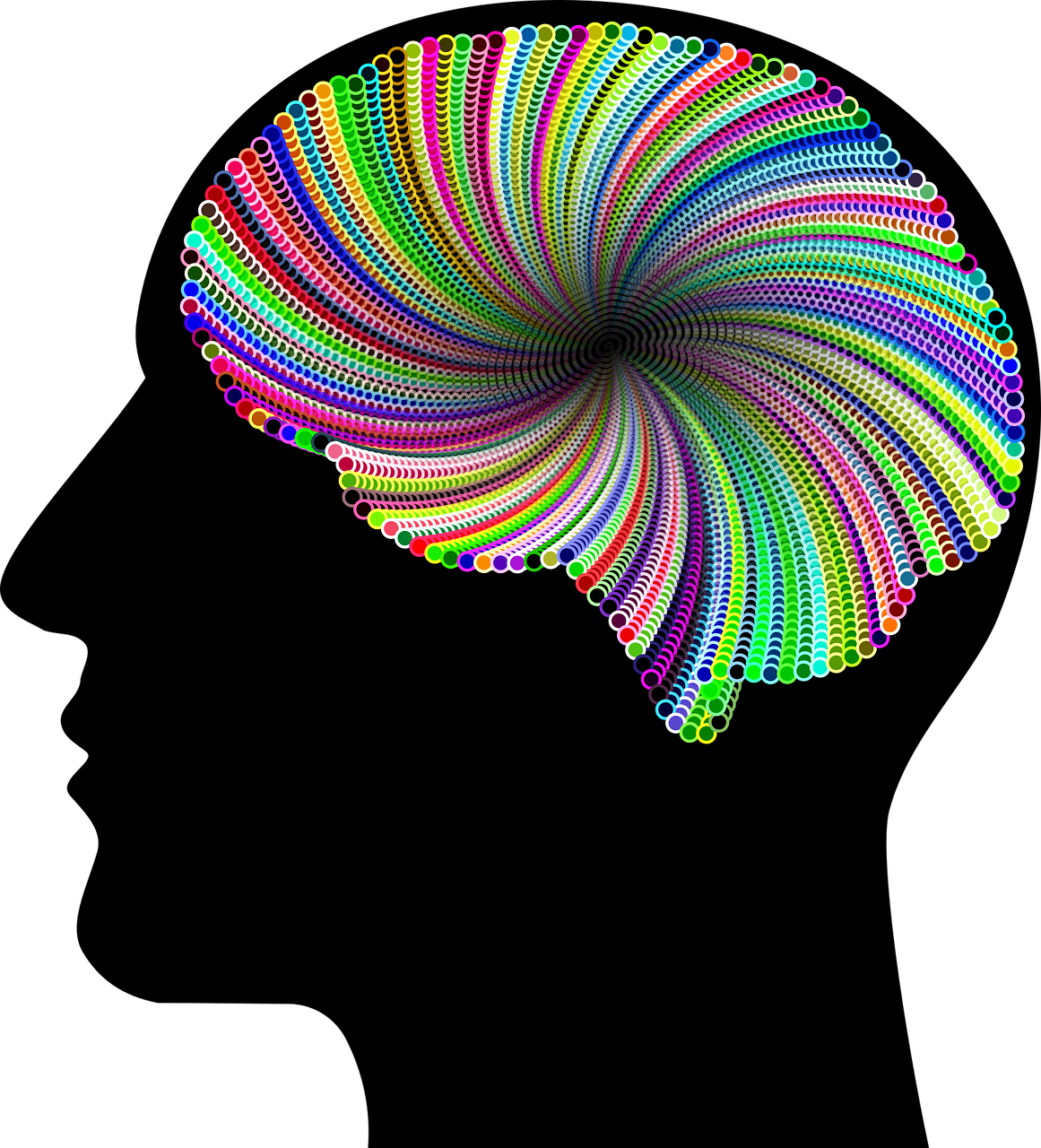Hallucinogenic drugs are substances that alter one’s perception of reality, causing hallucinations, altered sensory experiences, and changes in thought patterns. There are several types of hallucinogenic drugs, including LSD, psilocybin, mescaline, and DMT.
While the specific effects of these drugs can vary, there are some common symptoms that are characteristic of someone who is under the influence of a hallucinogenic drug.
Hallucinations
The most obvious symptom of someone on a hallucinogenic drug is the presence of hallucinations. These can take many forms, including visual, auditory, tactile, and olfactory hallucinations. Visual hallucinations are the most common, and they can range from subtle distortions of colors and shapes to full-blown hallucinations of people, animals, and objects that are not actually there.
Auditory hallucinations can also occur, leading the person to hear sounds that are not actually present. These can range from subtle whispers to loud and overwhelming noises. Tactile hallucinations involve the sensation of touch, such as the feeling of insects crawling on one’s skin or a sense of floating. Olfactory hallucinations involve a distorted sense of smell, with some people reporting the smell of flowers or burning rubber.
Hallucinations can be pleasurable or frightening, depending on the individual and their surroundings. Some people may feel as though they are experiencing a dreamlike state, while others may feel as though they are in a nightmare.
Altered Sensory Experiences
In addition to hallucinations, people on hallucinogenic drugs may also experience altered sensory experiences. This can include changes in perception of time and space, as well as a distorted sense of self. Time can appear to slow down or speed up, and individuals may lose their sense of time altogether.
Space can also appear distorted, with objects appearing closer or farther away than they actually are. This can lead to a sense of disorientation and confusion. Additionally, people on hallucinogenic drugs may experience a distorted sense of self, feeling as though they are disconnected from their bodies or experiencing a sense of unity with the world around them.
Changes in Thought Patterns
Another symptom of someone on a hallucinogenic drug is changes in thought patterns. These can include a sense of introspection and self-reflection, as well as changes in perception and mood. Some people may experience a sense of clarity and insight, while others may feel as though their thoughts are disjointed and fragmented.
Mood can also be affected, with some people experiencing a sense of euphoria and others experiencing fear and paranoia. Some people may also experience a sense of heightened creativity and imagination, leading to a sense of awe and wonder at the world around them.
Physical Symptoms
In addition to the psychological symptoms of hallucinogenic drugs, there are also several physical symptoms that can occur. These can include dilated pupils, increased heart rate and blood pressure, and sweating. Some people may also experience nausea and vomiting, as well as muscle weakness and tremors.
One of the most dangerous physical symptoms of hallucinogenic drugs is the potential for seizures. While this is rare, it can occur in individuals who are predisposed to seizures or who take high doses of hallucinogenic drugs.
Risks and Dangers
While the symptoms of hallucinogenic drugs can vary depending on the individual and the drug used, there are several risks and dangers associated with these substances. One of the biggest risks is the potential for a “bad trip,” where an individual experiences intense fear, paranoia, and confusion.
This can lead to dangerous behavior, such as attempting to harm oneself or others. Additionally, people on hallucinogenic drugs may engage in risky behaviors, such as driving or operating heavy machinery, due to impaired judgment and perception.
There is also a risk of developing a psychological dependence on hallucinogenic drugs, which can lead to ongoing use and potential addiction. Hallucinogenic drugs can also exacerbate underlying mental health conditions, such as depression, anxiety, and psychosis.
Furthermore, the use of hallucinogenic drugs can be dangerous for individuals with certain medical conditions, such as heart disease, high blood pressure, or a history of seizures. The use of hallucinogenic drugs can also be dangerous during pregnancy, as it can lead to complications such as preterm labor and low birth weight.
Overall, the use of hallucinogenic drugs carries significant risks and potential dangers. While these drugs may offer some individuals unique and profound experiences, it is important to approach their use with caution and to only use them in a safe and controlled environment under the guidance of a qualified medical professional.
Treatment for Hallucinogenic Drug Use
For individuals who struggle with dependence on hallucinogenic drugs, treatment is available to help them overcome their addiction and achieve long-term recovery. Treatment for hallucinogenic drug use typically involves a combination of behavioral therapies, such as cognitive-behavioral therapy (CBT) and contingency management, and pharmacotherapy, such as medications to manage withdrawal symptoms and reduce cravings.
Behavioral therapies focus on helping individuals identify and change negative thought patterns and behaviors that contribute to their drug use. CBT, in particular, has been shown to be effective in helping individuals overcome addiction to hallucinogenic drugs. This therapy helps individuals learn new coping skills and strategies for managing cravings and avoiding relapse.
Contingency management is another form of behavioral therapy that involves providing rewards for individuals who remain drug-free. This can include incentives such as gift cards, vouchers, or other rewards.
Pharmacotherapy involves the use of medications to manage withdrawal symptoms and reduce cravings. While there are currently no medications specifically approved for the treatment of hallucinogenic drug addiction, some medications used for other types of addiction, such as opioid addiction, may be helpful in managing withdrawal symptoms.
In addition to these therapies, support groups such as Narcotics Anonymous (NA) and SMART Recovery can be helpful for individuals in recovery from hallucinogenic drug addiction. These groups provide a safe and supportive environment for individuals to share their experiences and receive support from others who have gone through similar struggles.
Conclusion
In summary, the symptoms of someone on a hallucinogenic drug include hallucinations, altered sensory experiences, changes in thought patterns, and physical symptoms such as dilated pupils and increased heart rate. While these drugs may offer some individuals unique and profound experiences, they also carry significant risks and potential dangers.
For individuals who struggle with dependence on hallucinogenic drugs, treatment is available to help them overcome their addiction and achieve long-term recovery. Behavioral therapies such as CBT and contingency management, as well as pharmacotherapy, can be effective in managing withdrawal symptoms and reducing cravings.
It is important for individuals considering the use of hallucinogenic drugs to approach their use with caution and to only use them in a safe and controlled environment under the guidance of a qualified medical professional. By doing so, they can minimize the risks and potential dangers associated with these substances and achieve a safe and positive experience.






